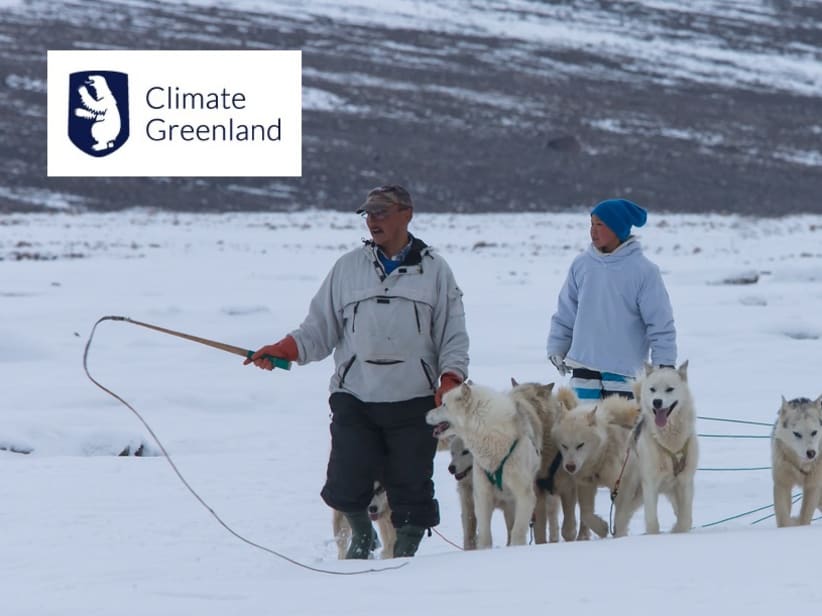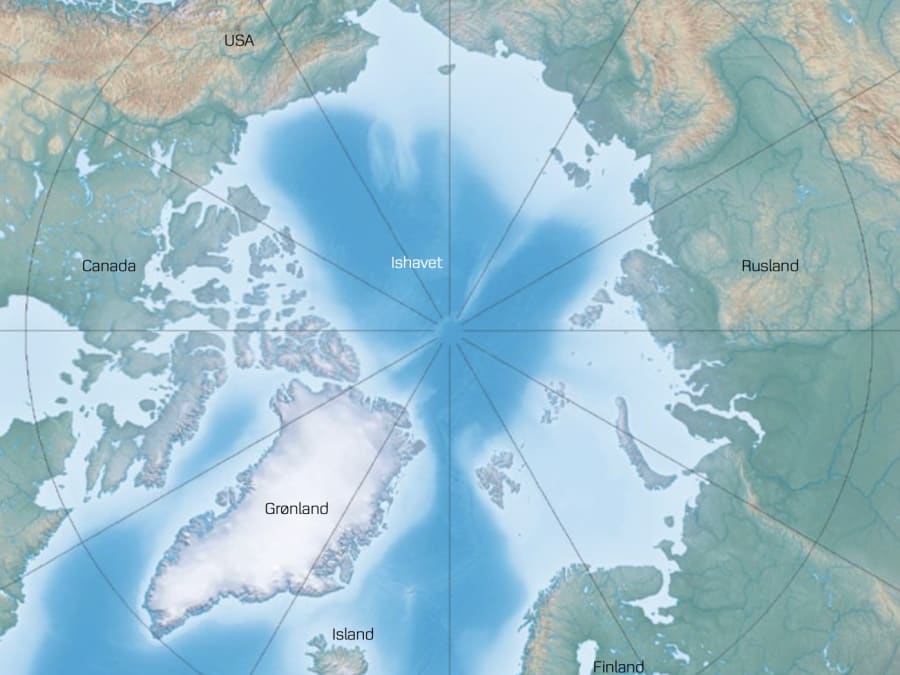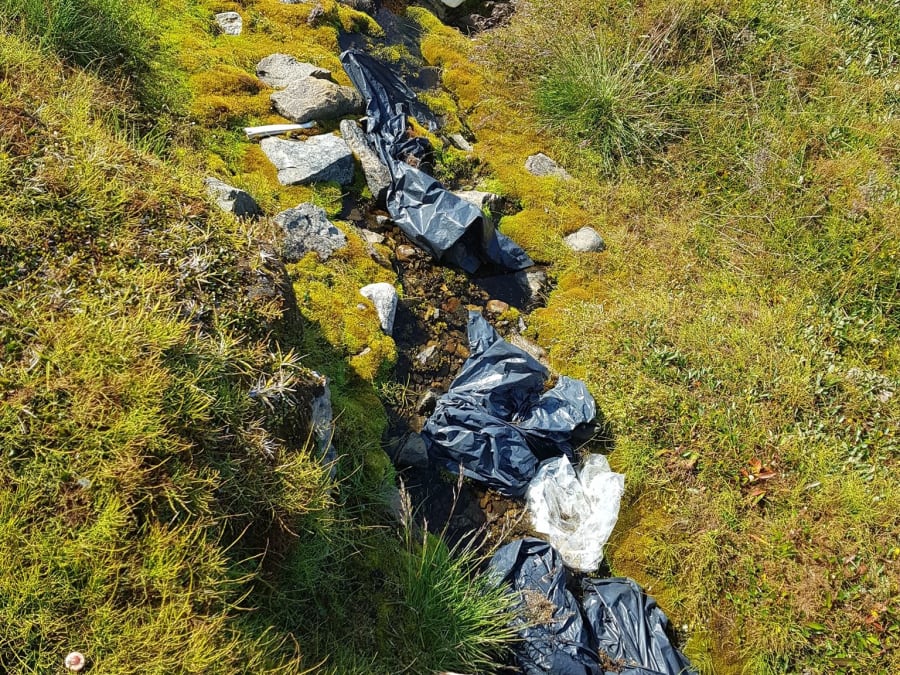The goal address the need for ecosystems on land, in freshwater and mountains to be protected and restored so that biodiversity and natural habitats can exist. In local and national planning, ecosystems and biodiversity must be taken into account so that endangered animal and plant species do not become extinct.
Here in this country we live in and with nature. It is therefore important to take care of the living resources so that we can continue to experience a rich nature and enjoy the life that exist here. Our ecosystems and the organisms that live here must be protected so that future generations can also benefit from nature's many living resources.
The Arctic nature is unique and consists of many different habitat types, ranging from hot springs and lush valleys to vast wetlands, lakes, rivers, barren mountains, glaciers and inland ice. Greenland has twelve protected areas, each with a unique nature and history. The protected areas serve the purpose of protecting unique landscapes and habitats for animals and plants. In addition, there are the Ramsar sites. These are wetlands of particular importance for various species of waterfowl. In total, approx. 41% of Greenland's land area are protected.
In addition to the protected areas, there are a number of habitat types that are generally protected. These include bird colonies, hot springs, salt lakes, landing sites for walruses and den areas for polar bears. The general protections of these habitats ensure protection wherever they occur.
Globally a flourishing life on land is the foundation for our life on this planet. We are all part of the planet’s ecosystem and we have caused severe damage to it through deforestation, loss of natural habitats and land degradation. Promoting a sustainable use of our ecosystems and preserving biodiversity is not a cause. It is the key to our own survival.















